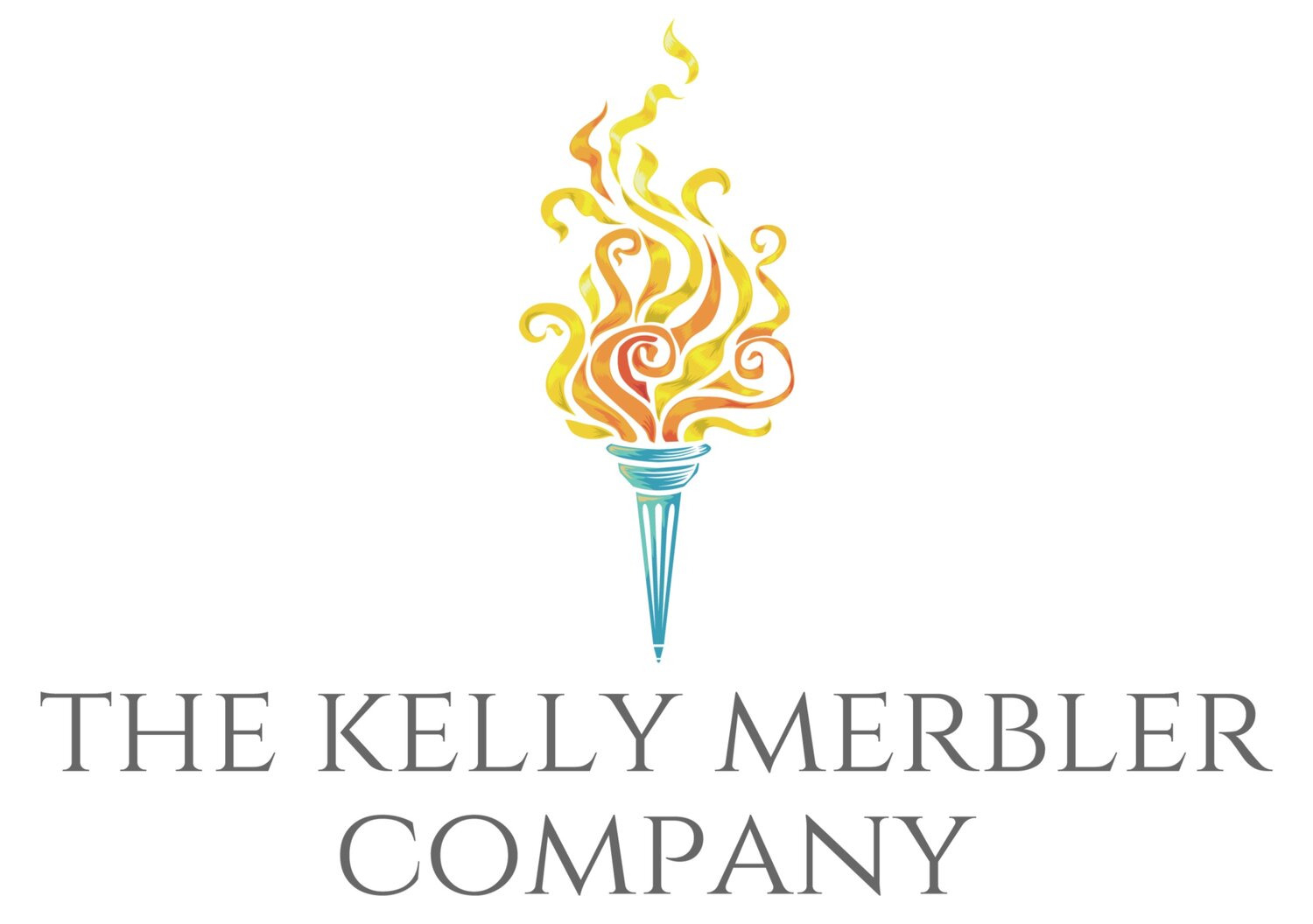Is your top performer one of the 51%?
The question I get asked most frequently from corporate clients is, “How can I best keep my team connected while we are in a remote environment?”
This is a common challenge leaders have when teams are spread out all over the country and they are conducting meetings mostly via video communication (i.e. Zoom). Factors can make remote work especially demanding if a leader is disconnected from what those demands are. It can cause unintentional stress on employees.
Personally, I have found remote work to be where I function best, but I must be very intentional in managing my workload and remain focused on my well-being when I am juggling many programs at once.
Many organizations already have plenty of disengaged employees and when there is a disconnect in leadership, that only exacerbates the problem.
Gallup surveyed organizations globally and found that 51% of employees are actively looking for a new job or watching for openings. If I were a leader of a team, I would be paying very close attention to ways I can work on retaining my top performers.
Being a remote leader can be very efficient, but it requires creating a virtual space that fuels connection of team members. Building a support system for your team while being able to have accountability within that space is a critical component.
In the last 90 days, I was retained by three different organizations where they work 100 percent remotely. Their leadership teams understand how powerful it is to create a strengths-based culture.
Strengths-based organizations integrate strengths development into their mission, vision, values, and processes. This is a critical foundation in creating a culture of how people work and collaborate daily.
“ It’s a culture in which conversations about strengths are frequent and productive — shaping people’s mindsets and approaches to work.”
When employees know and use their strengths, they are more engaged — nearly 6xs more — have higher performance, and are much less likely to leave their company.
The challenge I find most difficult relates to those organizations that have a desire to build a strengths-based culture, yet incorrectly think that doing a one-time workshop will check the box that they have built a strengths-based culture. It is a start for sure, but it does not create sustainable change. This is not what it takes to build a culture around strengths, that is more of what I call a team-building exercise.
To illustrate my point, I am working with three separate organizations (one Fortune 500 company, one small start up healthcare company, and one digital marketing firm), and taking all of them through my strengths-based team culture development program.
Each has experienced measurable results and received some great feedback throughout the program from employees and leaders alike. These organizations understand the value in not just initiating another “check the box” workshop. Instead, they are creating a community of connection and engagement for their teams – again, these are employees who are 100 percent remote based.
Below are several testimonials from those who are in the strengths program now:
““I feel that this program has allowed our team to move ahead years in the matter of months - getting to better understand each other and how we all operate. And most importantly, what motivates each of us!””
““Embarking on this journey with my team has created a new vision. Strength-based leadership provides a new avenue for a team whether being a seasoned team member or a new one just joining. It is fun, engaging, enlightening. Seeing my leader as well as my team in a new light to better understand and collaborate. I highly recommend this program to anyone who wants to create a strength-based culture in their organization.””
““As a leader of a remote team it helps you better understand what other people care about so we can maximize productivity, build healthier relationships and maximize happiness in our virtual workspace.””
For me as a corporate leadership consultant, it has allowed me to watch these teams who were already great teams, add fuel to their mission and created a space that employees have been able to understand more not only about themselves, but also the leader they work with and what they value.
If you would like to explore what this could do for your teams, let’s chat!
When we lead with strengths, we lead with love.
Kelly
